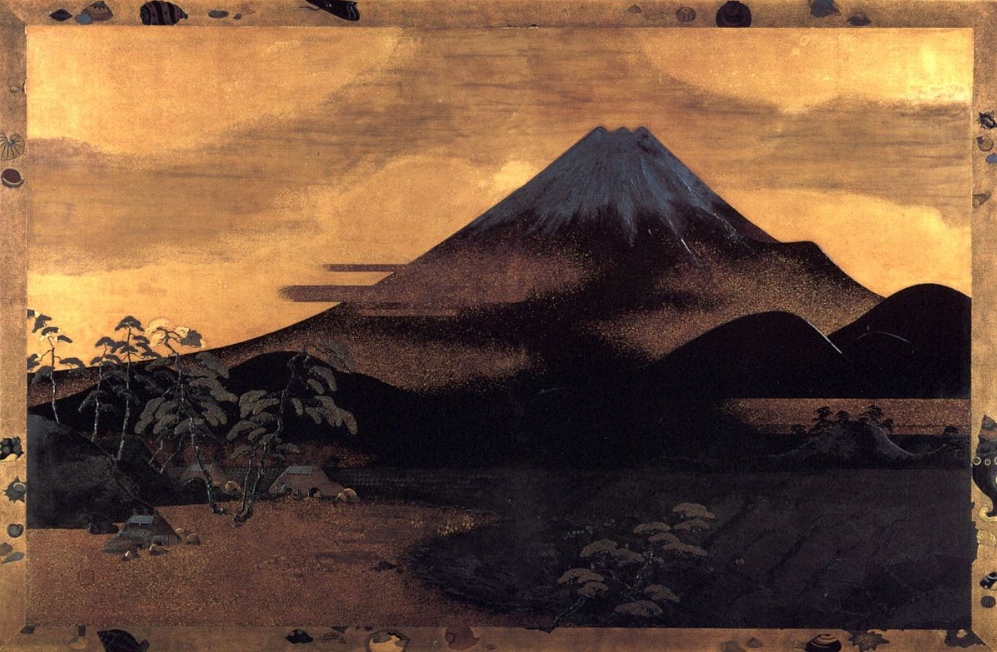Baroque Blog
By: Cooper Irinaga
Elevation of The Cross
By: Peter Paul Rubens
The Elevation of The Cross is a very well-known baroque created by Rubens. This painting ensues inspirational awe through its sheer size, a staggering 21 feet wide x 15 feet tall. The image also encases a freeze frame of action, capturing intense emotion. The stark contrast of the trees, the texture of the skin, muscle definition, and clothing make add so much to the Baroque. The emotion most commonly portrayed in this image is anxiety. On the left, the group of women is portrayed with frantic grief seeing Christ being crucified right before their eyes, on the right panel two thieves are in the action of being crucified alongside Christ. The main section of this painting is what elicits the most emotion. The men frantically thrusting the Cross in an upright position shows how chaotic the painting is, the anxiety-filled tone is what brings all three parts of the painting together. The Presentation is also Beautifully done, each character in this art piece is shown with full emotion giving this artwork emotional value. The lighting also demonstrates how valuable Christ is, them also being the focal point portraying being the center of the piece. I do not think that I would own a copy of this piece, it is simply too big, and such fine art should be viewed and appreciated by everyone.
The backstory of this painting is very unique. Khan Academy Elevation of the Cross states that Rubens spent a lot of his time in Italy, which meant some aspects of this art have some Italian inspiration. The use of nude models was inspired by Michelangelo. The richness of colors was also inspired by Italian artwork, Rubens's painting technique recalls from Veneiten master Titan. As shown in the painting there is a lot of light and dark contrast, this has to do with his sense of Roman composition. To be honest, I don't think I really relate to this work, its tone is extremely anxious and I think that I am more of an easygoing person. Every character is portrayed in a way I don't see myself. The Elevation of The Cross is deeply connected to the Council of Trent. Rubens (the artist) had closely followed the Council of Trent and was one of the primary mandates. The painting was analyzed by the Council of Trent which made the image historically accurate.
Citations:
“Rubens, Elevation of the Cross (Article).” Khan Academy, Khan Academy, https://www.khanacademy.org/humanities/renaissance-reformation/baroque-art1/flanders-1/a/rubens-elevation-of-the-cross.
Pritchard, Dr. Shannon, and Dr. Shannon Pritchard. “Peter Paul Rubens, Elevation of the Cross.” Smarthistory, https://smarthistory.org/peter-paul-rubens-elevation-of-the-cross/.



This was a very interesting work of art to examine! The detail of the figures really creates a sense of realism. I like how the artist was able to add an element of light shining on Christ to really emphasize the valuable significance of the painting. It helped draw my eye to the central scene from the very beginning. It’s awe-inspiring that artists can make masterpieces on such a large scale as this one. I, too, examined a more expansive piece of art as it was painted on the ceiling of the Church of Gesu in Rome, Italy.
ReplyDeleteAs you mentioned, Rubens was able to incorporate realism through the emotion of anxiety and depict a religious scene that stirred up spiritual fervor. Both of these elements greatly adhere to the suggestions of art as outlined by the Council of Trent. I found this article very valuable in discovering the relationship between Baroque art and the Council of Trent. Article: https://smarthistory.org/the-council-of-trent-and-the-call-to-reform-art/
This was a well-thought-out discussion and I enjoyed learning more about Elevation of the Cross.
Hello Cooper! I really think this art piece is great! You are correct they show a lot of emotion especially we can see how distraught they are. I like your connection especially because the artist primarily mandates when it comes to the council of the Trent. The cross symbolizes god to most of us this is sending a powerful message. Thank you for sharing!
ReplyDelete